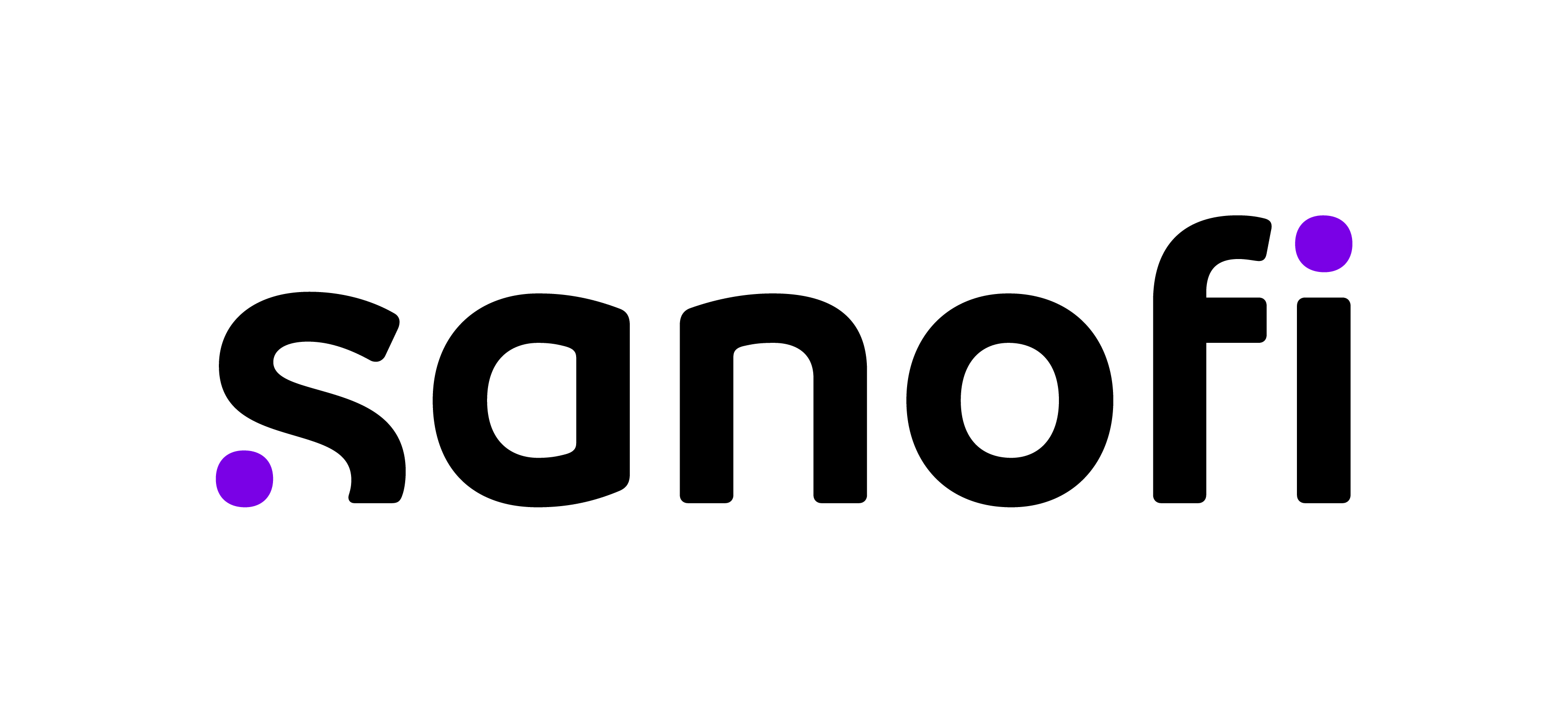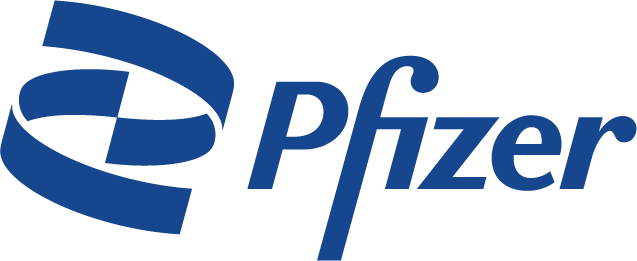Medicare and the Cost of Multiple Myeloma Drugs

BY PAUL KLEUTGHEN The median age for multiple myeloma patients ranges between 65 and 75, which implies that the majority of myeloma patients are receiving health care benefits under Medicare. The Journal of Clinical Oncology just published a paper “Rising cancer drug costs counteract financial relief for Medicare recipients”, by Shih, YT et al, June 5, 2017, that gives an interesting perspective on the “out of pocket costs” to the patient of oral chemotherapy drugs, though not just for oral myeloma drugs. Dr. Shih, lead author and professor of health services research and chief of the section of cancer economics and policy at The University of Texas MD Anderson Cancer Center, and her colleagues identified + 42,000 patients who had been enrolled in Medicare Part D (Prescription Drug Coverage) who received oral anti-cancer medications between 2007 and 2012. For those not versant with Medicare Part D here is a quick primer on how things work. Participants in the coverage plan go through a sequence of four phases, each with a different copayment structure, starting with …
“ … a deductible with 100% cost sharing, initial coverage of up to $2,960 in drug costs with up to 33% coinsurance on specialty drugs, the coverage gap with 100% coinsurance and catastrophic coverage, which includes 5% cost sharing and has no out-of-pocket maximum.”
Those of us on any of the oral drugs used in myeloma can quickly figure that less than a single prescription of a month’s supply of medication will put us right into the “catastrophic coverage” phase where the patient will have a co-pay of 5% of the cost of the drug with no out of pocket maximum. The paper indicates that in 2012 the estimate that the out-of-pocket cost for oral meds for a Medicare patient added up to $ 7,719 and makes a passing reference to drug costs for oral cancer medications increasing by 12% in 2012. Drug cost increases of +10% per year are not uncommon for oral cancer drugs (regardless of whether they are for myeloma or other cancers) and this is certainly not news for multiple myeloma patients. These out of pocket expenses will add up quickly during “maintenance” treatment with immunomodulators (IMiD), something that is being advocated now as a “standard of care” to prolong progression free survival and overall survival. The annual cost to the Medicare patient with daily dosing of a low dose IMiD will be close to $ 12,000. The Shih paper clearly states the public policy point :
“… it is important to note that the financial burden for patients enrolled in Medicare Part D who take targeted oral anticancer medications remains substantially higher than for those with private insurance.”
The paper, however, does not discuss the drug costs for the injectable or infused drugs administered in physician offices or free-standing cancer clinics. The copays for those drugs under Medicare Part B are 20%. The cost to the Medicare patient of proteasome inhibitors, used in the induction, consolidation and maintenance phases of stem cell transplant, can rapidly add up to around $ 10,000 per year. In the case of a treatment program that utilizes monoclonal antibodies, that cost to the patient can add up to + $ 20,000 per year (not including other drugs used in the treatment regimen). Some assistance from Pharmaceutical Companies to defray part or all those expenses is available but is dependent on income of the applicants and not all Medicare patients qualify. That assistance is welcome and appreciated. Still, it brings us to several other issues that may be of interest to the MM patient :
- The uneven treatment in Medicare co-payments (20% for injectables, 5% for oral medications) is a legislative issue that all of us should raise with our legislators. Our aim is to have parity in Medicare co-payments at the 5% level. Resolution of this issue is becoming rapidly more urgent as the extended use of IMiDs during the maintenance, or the use of the newer monoclonal antibodies, will raise the medication costs for myeloma to previously unseen levels. This, in turn, may end up dictating that the best treatment suggested by our physicians cannot be afforded by a patient’s family.
- It is expected that bortezomib will be available as a “generic” before the end of this year (pending the outcome of patent litigation currently being reviewed by the US Court of Appeals). This will mean that the cost to the patient of bortezomib will fall below the cost of ixazomib and, even more so, below the cost of carfilzomib. With new clinical data coming out that carfilzomib may be the superior drug in terms of progression free survival and overall survival, the new multiple myeloma patient will now have the predicament of having to choose between the vastly different cost of bortezomib and the other options and will have to weigh that against convenience of administration or potential differences in efficacy.
Find assistance programs by Takeda Oncology (Ninlaro), Celgene (Revlimid) and Janssen (Darzalex) here.
BY PAUL KLEUTGHEN The median age for multiple myeloma patients ranges between 65 and 75, which implies that the majority of myeloma patients are receiving health care benefits under Medicare. The Journal of Clinical Oncology just published a paper “Rising cancer drug costs counteract financial relief for Medicare recipients”, by Shih, YT et al, June 5, 2017, that gives an interesting perspective on the “out of pocket costs” to the patient of oral chemotherapy drugs, though not just for oral myeloma drugs. Dr. Shih, lead author and professor of health services research and chief of the section of cancer economics and policy at The University of Texas MD Anderson Cancer Center, and her colleagues identified + 42,000 patients who had been enrolled in Medicare Part D (Prescription Drug Coverage) who received oral anti-cancer medications between 2007 and 2012. For those not versant with Medicare Part D here is a quick primer on how things work. Participants in the coverage plan go through a sequence of four phases, each with a different copayment structure, starting with …
“ … a deductible with 100% cost sharing, initial coverage of up to $2,960 in drug costs with up to 33% coinsurance on specialty drugs, the coverage gap with 100% coinsurance and catastrophic coverage, which includes 5% cost sharing and has no out-of-pocket maximum.”
Those of us on any of the oral drugs used in myeloma can quickly figure that less than a single prescription of a month’s supply of medication will put us right into the “catastrophic coverage” phase where the patient will have a co-pay of 5% of the cost of the drug with no out of pocket maximum. The paper indicates that in 2012 the estimate that the out-of-pocket cost for oral meds for a Medicare patient added up to $ 7,719 and makes a passing reference to drug costs for oral cancer medications increasing by 12% in 2012. Drug cost increases of +10% per year are not uncommon for oral cancer drugs (regardless of whether they are for myeloma or other cancers) and this is certainly not news for multiple myeloma patients. These out of pocket expenses will add up quickly during “maintenance” treatment with immunomodulators (IMiD), something that is being advocated now as a “standard of care” to prolong progression free survival and overall survival. The annual cost to the Medicare patient with daily dosing of a low dose IMiD will be close to $ 12,000. The Shih paper clearly states the public policy point :
“… it is important to note that the financial burden for patients enrolled in Medicare Part D who take targeted oral anticancer medications remains substantially higher than for those with private insurance.”
The paper, however, does not discuss the drug costs for the injectable or infused drugs administered in physician offices or free-standing cancer clinics. The copays for those drugs under Medicare Part B are 20%. The cost to the Medicare patient of proteasome inhibitors, used in the induction, consolidation and maintenance phases of stem cell transplant, can rapidly add up to around $ 10,000 per year. In the case of a treatment program that utilizes monoclonal antibodies, that cost to the patient can add up to + $ 20,000 per year (not including other drugs used in the treatment regimen). Some assistance from Pharmaceutical Companies to defray part or all those expenses is available but is dependent on income of the applicants and not all Medicare patients qualify. That assistance is welcome and appreciated. Still, it brings us to several other issues that may be of interest to the MM patient :
- The uneven treatment in Medicare co-payments (20% for injectables, 5% for oral medications) is a legislative issue that all of us should raise with our legislators. Our aim is to have parity in Medicare co-payments at the 5% level. Resolution of this issue is becoming rapidly more urgent as the extended use of IMiDs during the maintenance, or the use of the newer monoclonal antibodies, will raise the medication costs for myeloma to previously unseen levels. This, in turn, may end up dictating that the best treatment suggested by our physicians cannot be afforded by a patient’s family.
- It is expected that bortezomib will be available as a “generic” before the end of this year (pending the outcome of patent litigation currently being reviewed by the US Court of Appeals). This will mean that the cost to the patient of bortezomib will fall below the cost of ixazomib and, even more so, below the cost of carfilzomib. With new clinical data coming out that carfilzomib may be the superior drug in terms of progression free survival and overall survival, the new multiple myeloma patient will now have the predicament of having to choose between the vastly different cost of bortezomib and the other options and will have to weigh that against convenience of administration or potential differences in efficacy.
Find assistance programs by Takeda Oncology (Ninlaro), Celgene (Revlimid) and Janssen (Darzalex) here.

about the author
Paul Kleutghen
I am a patient diagnosed in 2014 with primary plasma cell leukemia (pPCL), a rare and aggressive variant of multiple myeloma and have been very fortunate to find successful treatment at the division of Cellular Therapy at the Duke University Cancer Institute. My wife, Vicki, and I have two adult children and two grandsons who are the ‘lights of our lives’. Successful treatment has allowed Vicki and I to do what we love best : traveling the world, albeit it with some extra precautions to keep infections away. My career in the pharmaceutical industry has given me insights that I am currently putting to use as an advocate to lower drug pricing, especially prices for anti-cancer drugs. I am a firm believer that staying mentally active, physically fit, compliant to our treatment regimen and taking an active interest in our disease are keys to successful treatment outcomes.
More on Navigating Your Health
Trending Articles
Upcoming Events




Get the Latest Multiple Myeloma Updates, Delivered to You.
By subscribing to the HealthTree newsletter, you'll receive the latest research, treatment updates, and expert insights to help you navigate your health.
Together we care.
Together we cure.
3x Faster.













